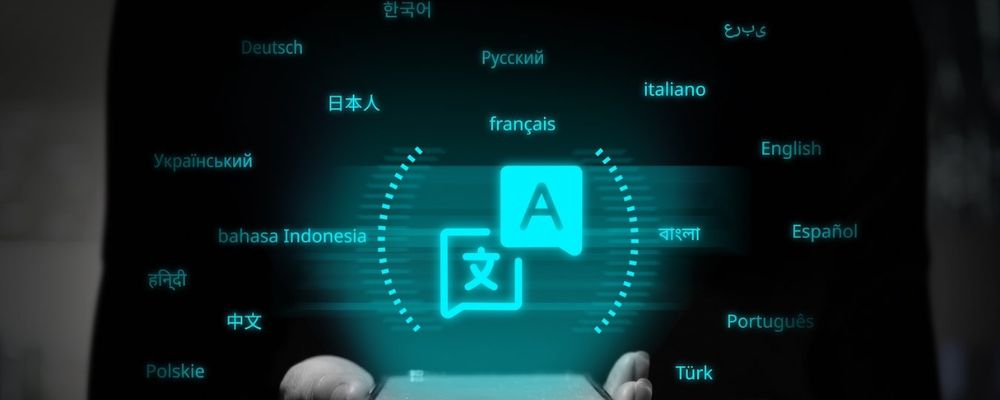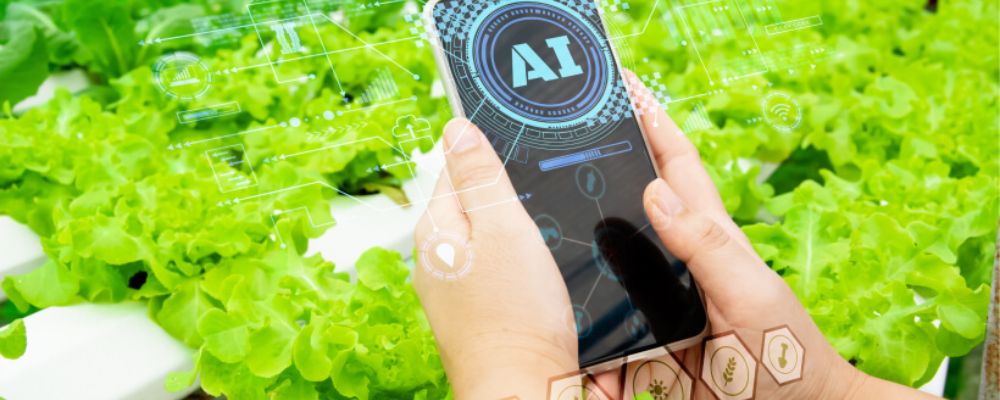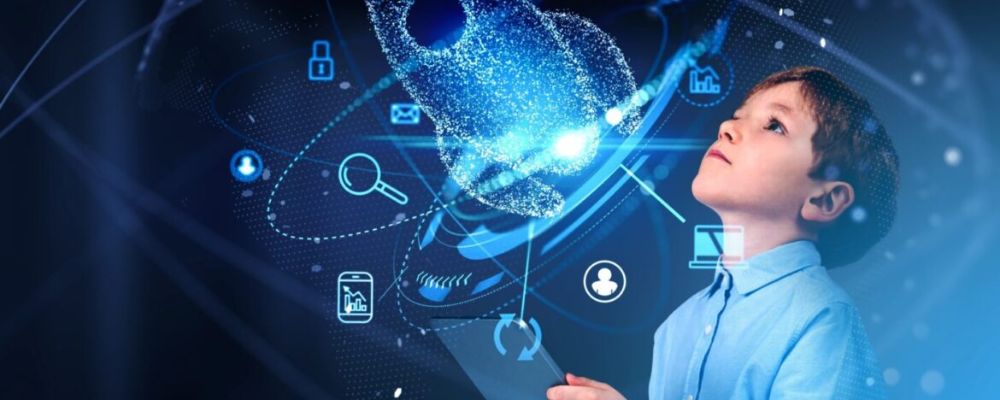
In our increasingly globalized world, effective communication across languages is more crucial than ever. AI-powered language translation is revolutionizing how we bridge communication gaps, offering unprecedented accuracy and efficiency. This blog explores how AI is transforming language translation and its implications for businesses and individuals alike.
The Evolution of Language Translation
Traditional language translation methods often struggled with accuracy and context. Early translation tools provided basic translations that frequently missed nuances and idiomatic expressions. However, recent advancements in AI and machine learning have significantly improved the quality of translations, making them more reliable and contextually accurate.
How AI Enhances Language Translation
- Contextual Understanding: AI algorithms, particularly those based on deep learning and natural language processing (NLP), excel at understanding the context of a conversation. This ability allows AI to provide more accurate translations by considering the overall context rather than translating words in isolation.
- Real-Time Translation: AI-powered translation tools enable real-time translation, facilitating seamless communication in live conversations, meetings, and conferences. Technologies like neural machine translation (NMT) have made it possible to translate spoken language instantaneously, enhancing the efficiency of global interactions.
- Adaptability and Learning: AI systems continually learn and adapt from vast amounts of data. This means that translation tools improve over time as they are exposed to more language pairs, dialects, and specialized terminologies, leading to increasingly precise translations.
- Multilingual Support: Modern AI translation tools support a wide range of languages, including less commonly spoken ones. This inclusivity helps users communicate across diverse linguistic landscapes, fostering better international collaboration and understanding.
Applications of AI-Powered Language Translation
- Global Business Operations: Companies expanding into international markets benefit from AI-driven translation tools that streamline communication with global clients and partners. From translating marketing materials to facilitating customer support, AI enhances business operations across borders.
- Travel and Tourism: Travelers can use AI-powered translation apps to navigate foreign countries more easily. These tools help with reading signs, understanding menus, and engaging in conversations, making travel more accessible and enjoyable.
- Healthcare: In healthcare settings, accurate translation is vital for patient care. AI-powered tools help medical professionals communicate effectively with non-native-speaking patients, ensuring better diagnosis and treatment outcomes.
- Education: Educational institutions use AI translation tools to support multilingual classrooms and online learning environments. These tools assist in translating educational materials and enabling students from different linguistic backgrounds to engage in learning.
Challenges and Future Prospects
Despite significant advancements, AI-powered translation tools still face challenges. Issues such as idiomatic expressions, cultural nuances, and context-specific meanings can occasionally lead to inaccuracies. Ongoing research and development aim to address these challenges, further enhancing the reliability and versatility of AI translation systems.
Looking ahead, the integration of AI with emerging technologies like augmented reality (AR) and virtual reality (VR) could create immersive translation experiences. These advancements promise to make language barriers a thing of the past, paving the way for a more connected and inclusive world.
Conclusion
AI-powered language translation is breaking down communication barriers and transforming how we interact on a global scale. By leveraging advanced algorithms and machine learning techniques, these tools are improving the accuracy, efficiency, and inclusivity of language translation. As technology continues to evolve, AI-driven translation will play an increasingly vital role in facilitating global communication and collaboration.






